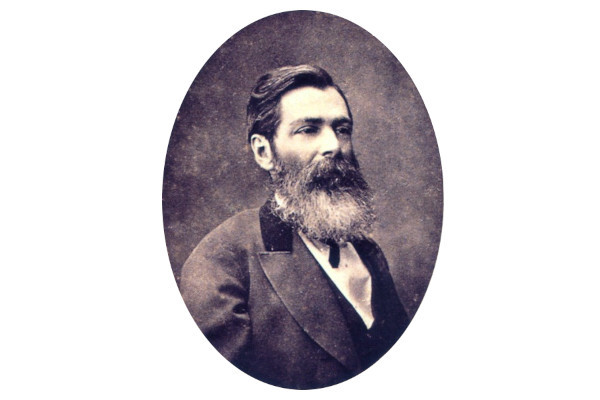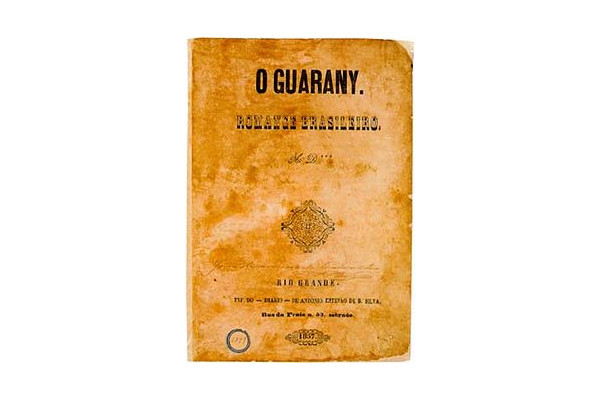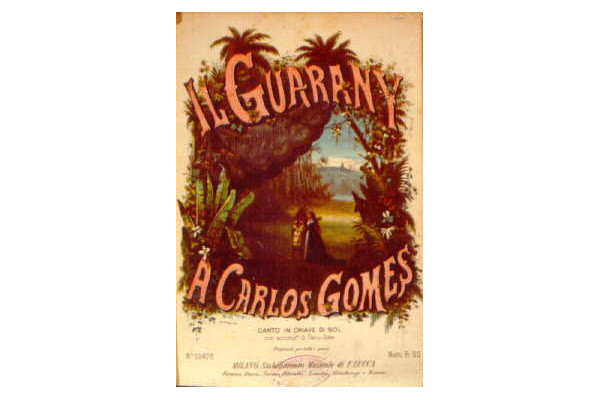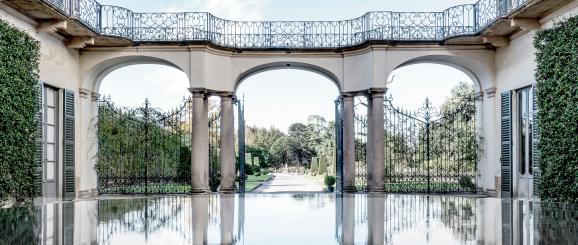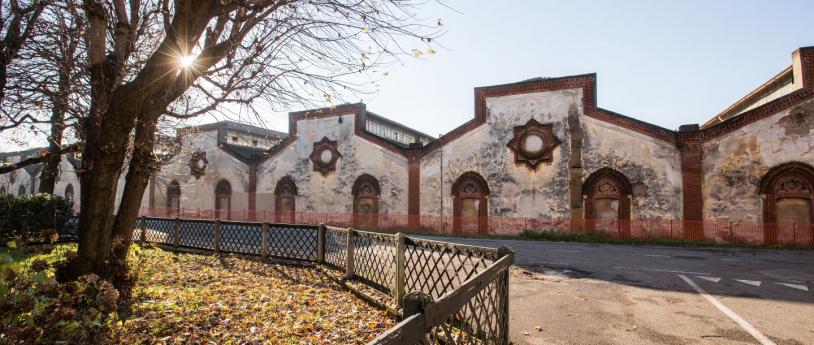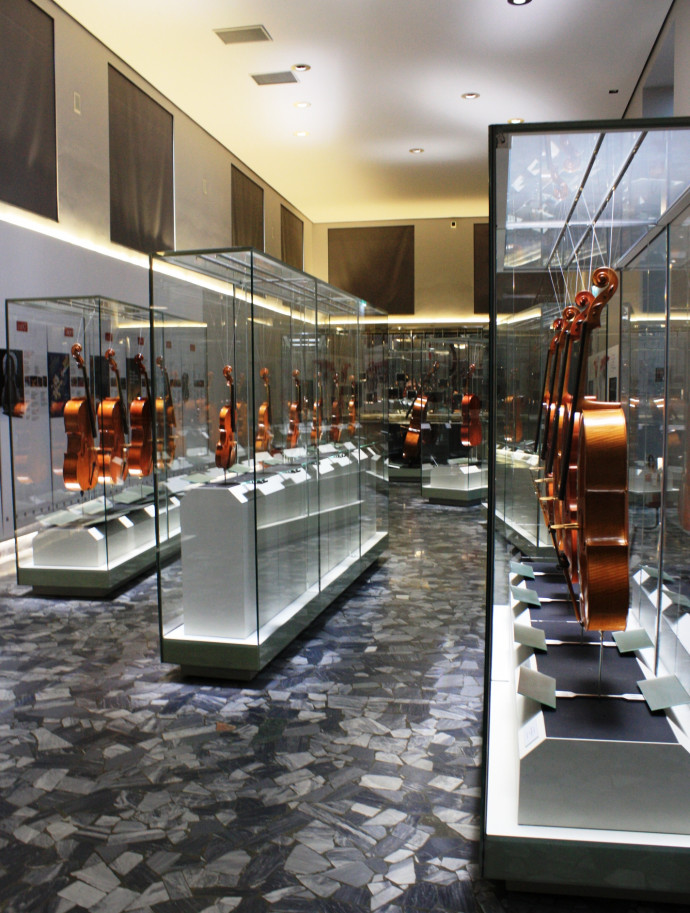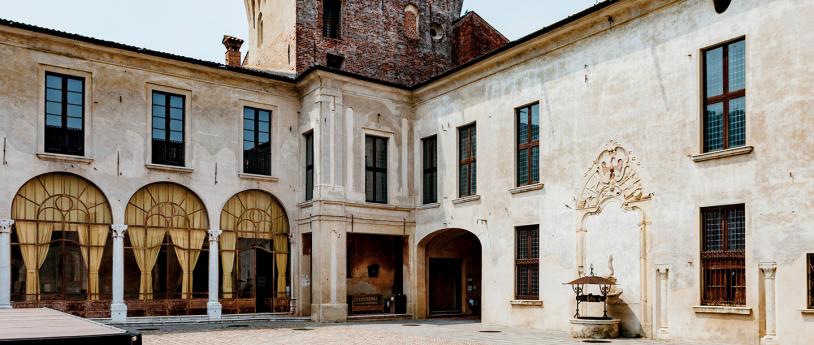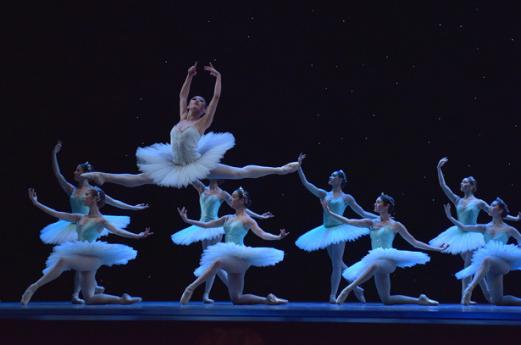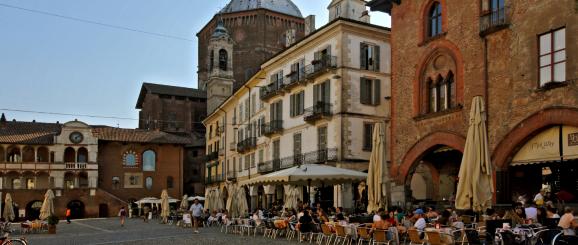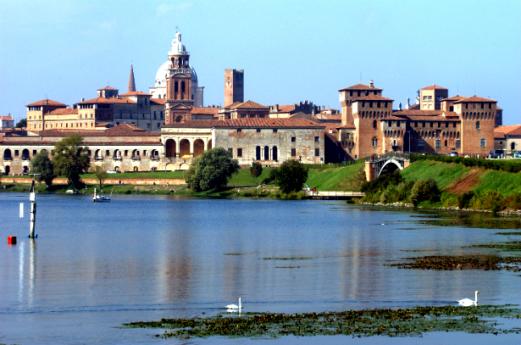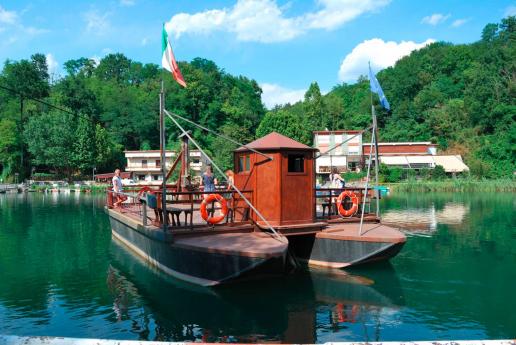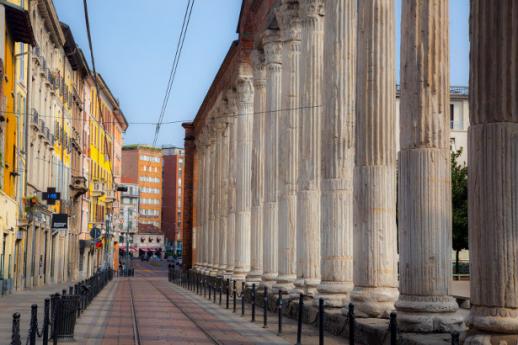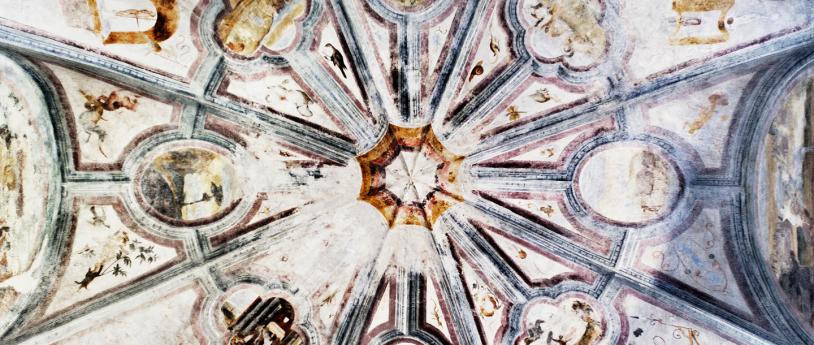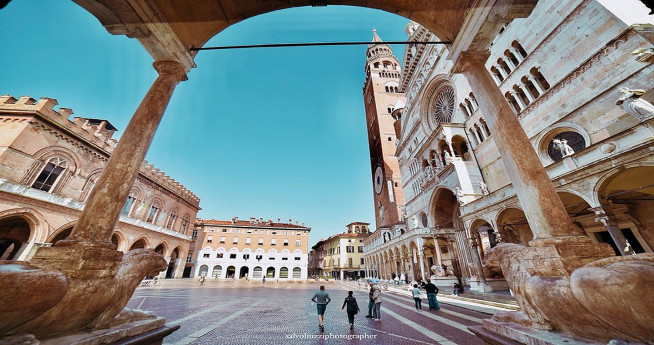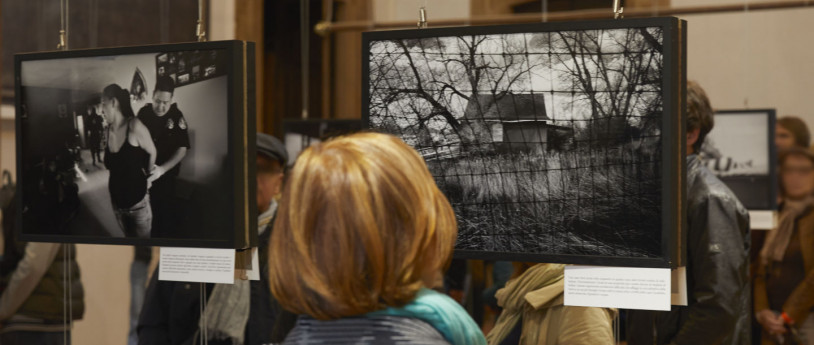- Art & Culture
- Lifestyle
What does a Brazilian do at La Scala?
When writer José de Alencar, the highest representative of the Brazilian Romantic period, wrote The Guarany in 1857, he surely could not have imagined how far his story would go.
The work initiates in Brazil the style of the historical novel and is, so to speak, an indigenous version of Shakespeare's "Romeo and Juliet" or the Brazilian version of Alessandro Manzoni's "I Promessi Sposi," and like these, it was published initially in serial form in the Diário do Rio de Janeiro and only later in book form.
The story tells of the devotion and faithfulness of Perì, an Indian from the Goitacà tribe, to the Portuguese girl Cecília de Mariz (often called Cecì). However, Perí's love is not reciprocated, causing him great suffering. The death of an Indian from the Aimoré tribe, accidentally caused by Dom Diogo, Cecí's brother, provokes a revolt and an attack by the Indians. Álvaro, (also in love with Cecí), head of the family's guards and betrothed to Isabel, Cecí's half-sister, is shot in the battle. Isabel, seeing the wounded body of her beloved, tries to choke on it but realizing that he is still alive, tries to save him. Despite their efforts, and with no way out, however, the two decide to die together.
During the attack, Dom Antônio, Cecí's father, realizing that he is no longer able to resist, asks Perí to save Cecília, after baptizing him a Christian. The two leave, with Cecí asleep, while Perí sees the house burning in the distance. Cecília is left with only Perí. The two survivors wander for days and days and are caught in a severe thunderstorm, which turns into a deluge. Sheltered atop a palm tree, Cecília awaits the arrival of death while Perí tells her an indigenous legend that the Indian Tamandaré and his wife saved themselves from a deluge by taking refuge in the canopy of a palm tree that had broken loose from the earth and feeding on its fruit. At the end of the deluge, Tamandaré and his wife descend and populate the Earth. The waters rise, Cecilia despairs. Perì, with great strength, uproots the palm tree and makes a canoe out of it so that they can continue down the river, making us understand that Tamandaré's legend was repeated with them.
And so you, dear reader, may be wondering: what does the La Scala Theater have to do with this story of Indians and Portuguese struggling in the distant Brazilian jungle? Well, well ... now we get it!
In 1836, in Campinas, in the state of São Paulo, Antonio Carlos Gomes, who would later become Brazil's most important opera composer, was born. Born into a poor family, his life was marked by grief. As a child he lost his mother, tragically killed at the age of twenty-eight. His father lived in hardship, with several children to support. With them he formed the Banda Musical de Campinas, where Carlos Gomes began his artistic steps and later replaced his father in directing the group. From an early age, he had shown his musical inclinations, encouraged by his father. At that time, he alternated his time between working in a tailor's shop, sewing pants and jackets, and perfecting his musical studies.
By the age of 15, he was composing waltzes, quadrilles and polkas. At the age of 18, in 1854, he composed the Mass of St. Sebastian, his first mass, full of mysticism. During the performance, he sang some solos. The emotion that filled his voice moved everyone present, especially his older brother, who foresaw his triumphs.
By the age of 23, he had already performed several concerts with his father. As a young man he taught piano and singing, also devoting himself assiduously to the study of opera, showing a predilection for Giuseppe Verdi. He was also known in São Paulo, where he often performed concerts. He composed the Academic Anthem, which is still sung by young students at the Faculty of Law in São Paulo. Here he received the widest possible encouragement and everyone suggested he go to the Court in Rio de Janeiro where, in the Imperial Conservatory of Music, he could perfect himself.
With great effort, due to financial constraints, he managed to get to Rio de Janeiro and on September 4, 1861, at the Teatro Lyrico Fluminense, there was the presentation of his first opera "The Night of the Castle," based on Antônio Feliciano de Castilho's opera. It was a great revelation and an unprecedented success in the country's musical circles. As had happened to Giuseppe Verdi, Carlos Gomes was carried home in triumph on the shoulders of an enthusiastic crowd, which cheered him incessantly.Emperor Don Pedro II, who was also thrilled by the young composer's success, awarded him the Imperial Order of the Rose. He thus became a beloved and popular figure. His long hair was the object of commentary, and even he laughed at the jokes. Two years after this memorable triumph, Carlos Gomes presented his second opera, "Joana de Flanders," to a libretto by Salvador de Mendonça, performed on September 15, 1863.
As a corollary to the success, in the Congregation of the Imperial Academy of Fine Arts, an official missive from the director of the Conservatory of Music in Rio de Janeiro was read, informing how student Antônio Carlos Gomes had been chosen to go to Europe, at the expense of the Empresa de Ópera Lírica Nacional, according to a contract with the imperial government. Thus it was that the ancient aspiration of the young man from Campinas was realized, who, although moved, when he went to thank the Emperor for his magnanimity, still remembered his old father and asked for the post of maestro of the Imperial Chapel for him. Don Pedro II, moved by that gesture of filial love, agreed.
Don Pedro II would have preferred that Carlos Gomes go to Germany, where the great Wagner was pontificating, but the Empress, Donna Teresa Cristina, a Neapolitan, suggestedItaly.
On November 8, 1863, the student left aboard the English ship Paraná, amidst the warm applause of his friends and admirers, who were crowded on the docks in the harbor. He carried with him the recommendations of Dom Pedro II to King Fernando of Portugal, asking him to introduce Carlos Gomes to the director of the Milan Conservatory, Lauro Rossi, who, delighted by the young student's talent, began protecting him and recommending him to friends. In 1866 he received the diploma of master and composer and the highest praise from all critics and professors. From that date on, he began to compose. His first piece of music was "Se Sa Minga," in Milanese dialect, to a libretto by Antonio Scalvini, premiered on January 1, 1867, at the Fossetti Theater. The following year he composed "Nella Luna," to a libretto by the same author, performed at Teatro Carcano.
Carlos Gomes was already enjoying well-deserved fame in Milan, but he continued to miss his homeland and was looking for a subject that would project him permanently among the stars of music. One afternoon in 1867, walking through Piazza Duomo, he heard a boy shout, "The Guarany! The Guarany! Interesting story of the savages of Brazil!" It was a lousy translation of José de Alencar's novel, but one that suddenly interested the maestro: he bought the libretto and immediately turned to Scalvini, who was also struck by the originality of the tale.
And so on March 19, 1870, the premiere of "Il Guarany" was staged at the Teatro alla Scala, which although not his best opera, was the one that immortalized him. The opera soon gained enormous prominence, as it had pleasant music with a very Brazilian flavor, in which the Indians played a prominent role. The great Giuseppe Verdi, already glorious and hallowed, would say of Carlos Gomes on that memorable evening, "This young man begins where I end!"
To listen to the prologue of "Il Guarany" click here
Text edited by EDDY BEDENDO, ConfGuide-GITEC certified guide
If you enjoyed this story, CLICK HERE to discover its various itinerary suggestions.
